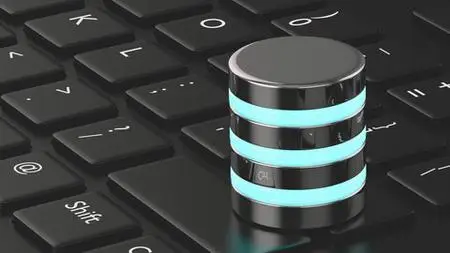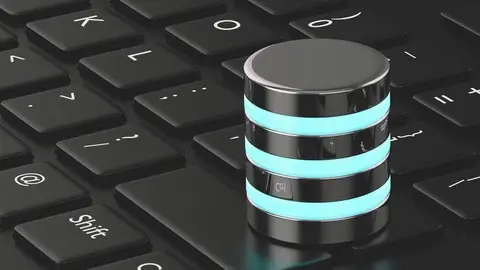Understanding And Using Oracle Pl/Sql Programming Language
Last updated 1/2018
MP4 | Video: h264, 1280x720 | Audio: AAC, 44.1 KHz
Language: English | Size: 265.59 MB | Duration: 2h 6m
Last updated 1/2018
MP4 | Video: h264, 1280x720 | Audio: AAC, 44.1 KHz
Language: English | Size: 265.59 MB | Duration: 2h 6m
Writing programs to interact and manipulate Oracle databases using PL/SQL programming language
What you'll learn
Understand the sections of the PL/SQL language
Be able to write simple PL/SQL programs
Ability to write PL/SQL functions and procedures
Ability to use cursors in PL/SQL programs
Requirements
Some understanding of what a database is
Understanding of SQL programming language helpful but not required
Description
This course will give and overview of the Oracle PL/SQL programming language.
This course is a must have for anyone considering learning more about databases and database management
Whether as a DBA or Database application developer, PL/SQL is foundations to understanding how Oracle works and how to change data within the database.
We cover all the fundamental aspects of the language and use real world example to manipulate databases.
Topic covered Include:
- Explanation of PL/SQL
- Language Syntax, Sections, Operators, Assignments and Variables
- Using PL/SQL to automatically do updates, inserts and deletion of records of an Oracle Database
- PL/SQL Cursors - to bring in large data sets to work with
- PL/SQL Loops - to loop through tables of data
- PL/SQL Exceptions - to trap and handle coding exceptions both user and machine generated
- PL/SQL Triggers - to have the table automatically change data based on the other data
- PL/SQL Functions - to return a frequently used value and avoid duplicate coding
- PL/SQL Procedures - to get anonymous blocks into reusable coding procedures
- PL/SQL Packages - to put PL/SQL objects together to quicker retrieval
Overview
Section 1: Course Introduction: Course goals and objectives of what will be taught
Lecture 1 Course Introduction: Understanding of how this course will run and goals
Section 2: Tools that will be used in the course to program in PL/SQL
Lecture 2 Sql Developer: Overview of program that will be used to run/test the PL/SQL code
Section 3: SQL Review: Refresher for understanding how SQL works and what it does
Lecture 3 SQL Basics Refesher: Overview of the SQL language so it can be built upon
Lecture 4 SQL Demo: Look at how SQL works and what it's limitations are programmatically
Section 4: PL/SQL overview, declarations and syntax
Lecture 5 PLSQL: What is PL/SQL, who uses it and what are the benefits to the language
Lecture 6 Declarations, variables and constants what they are are and how to use them
Lecture 7 Operators
Lecture 8 Anonymous block example: Writing code in PL/SQL
Lecture 9 Cursors: Bringing multiple rows of data in to the program for manipulation
Lecture 10 Cursor Example
Lecture 11 PL/SQL languge symantics and good practices
Section 5: Execution section and data manipulating
Lecture 12 Executable section: where the code runs and interacts with the database
Lecture 13 Data manipulation language in PL/SQL, Transactional control and Cursor attribute
Lecture 14 Executable section example
Lecture 15 Interacting with the database: SELECT INTO, Assignments and %TYPE attribute
Lecture 16 DML example
Lecture 17 Conditional statements (if…then) and loops in PL/SQL
Lecture 18 IF THEN example
Lecture 19 Exceptions: Error trapping and error handling
Lecture 20 Exceptions examples
Section 6: Bringing the code together
Lecture 21 Functions: What they are and how they work in PL/SQL
Lecture 22 Function examples
Lecture 23 Procedures: What they are and why you will use them frequently
Lecture 24 Procedure Examples
Lecture 25 Packages: Putting together like functions and procedures to save time and memory
Lecture 26 Database Triggers: Automating tables to do things when you make changes to data
Section 7: Wrap up
Lecture 27 Conclusion and Wrap up: Where we have been and where you can go from here
Anyone who wanted to understand how to programmatically interact with Oracle Databases,Anyone interested in being a databas,Anyone who has understanding of databases but wants to learn more about programming in Oracle



